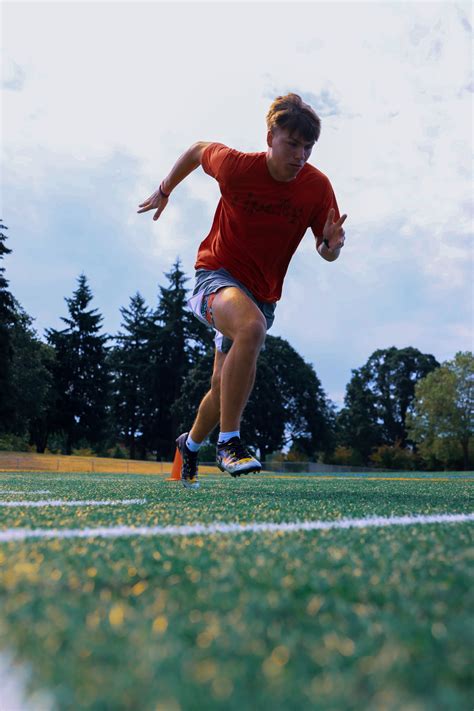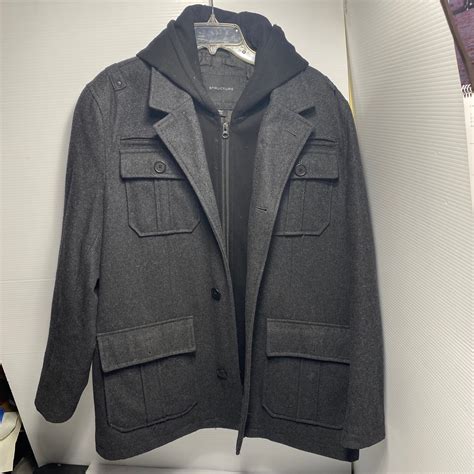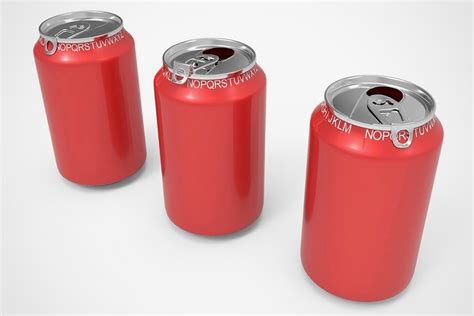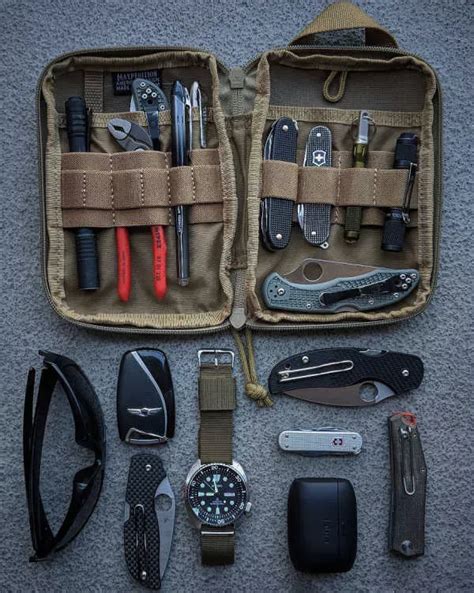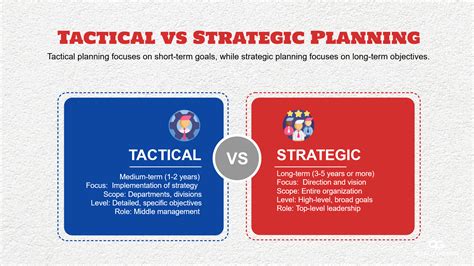What gym gear truly boosts performance & prevents injury for intense workouts?
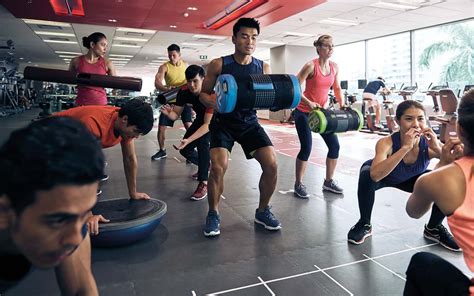
Optimizing Your Performance: The Right Gear for Intense Workouts
In the pursuit of peak physical performance and injury-free training, dedicated athletes understand that while effort and technique are paramount, the right gear can make a significant difference. For intense workouts, whether it’s heavy lifting, high-impact cardio, or complex functional movements, strategically chosen equipment isn’t just about comfort; it’s about providing stability, support, and protection. This article delves into the gear that genuinely contributes to boosting performance and safeguarding against injury.
Footwear: The Foundation of Strength and Stability
Your feet are the foundation of almost every exercise. Selecting appropriate footwear is critical for stability, power transfer, and injury prevention, particularly in intense settings.
- Weightlifting Shoes: Characterized by a raised heel and rigid sole, these shoes are designed to provide exceptional stability for squats, Olympic lifts, and other compound movements. The elevated heel allows for a greater range of motion at the ankle, facilitating deeper squats and a more upright torso, thereby enhancing lifting mechanics and reducing strain on the lower back. The firm, non-compressible sole ensures maximum power transfer from the ground up.
- Cross-Training Shoes: For workouts that combine various modalities like plyometrics, agility drills, and moderate lifting, cross-trainers offer a versatile balance of cushioning, flexibility, and lateral support. They provide adequate stability for varied movements without being overly specialized.
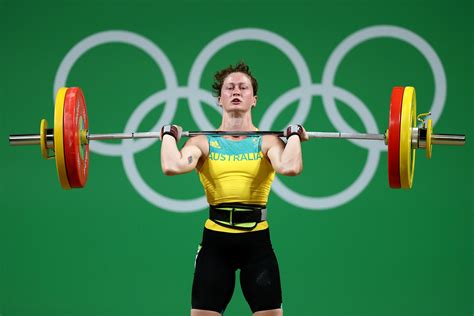
Grip Enhancements: Power and Protection for Your Hands
A strong grip is fundamental to lifting heavy, but fatigue and calluses can hinder progress. Certain gear can aid in maintaining grip and protecting your hands.
- Lifting Straps: For exercises where grip strength becomes a limiting factor (e.g., deadlifts, heavy rows), lifting straps wrap around your wrists and the barbell/dumbbell, effectively extending your grip. This allows you to focus on the target muscles and lift heavier weights for more repetitions, driving greater strength and hypertrophy gains.
- Chalk: Magnesium carbonate chalk absorbs moisture, providing a superior grip on barbells, dumbbells, and pull-up bars. It’s especially useful for gymnastic movements or any exercise where sweaty hands are an issue, preventing slips and enhancing confidence.
- Gloves: While not universally loved by serious lifters due to potential grip compromise, well-designed gym gloves can protect hands from calluses and blisters during high-volume training, allowing for more consistent workouts.
Core and Back Support: Stability Under Load
The core plays a vital role in stabilizing the spine during heavy lifts. Gear designed to support this area can significantly reduce injury risk and improve performance.
- Weightlifting Belts: When used correctly for maximal lifts or heavy sets, a weightlifting belt helps create intra-abdominal pressure. This pressure stabilizes the lumbar spine, reducing shear forces and allowing lifters to maintain better form and recruit more core strength. It’s a tool for specific heavy lifting, not constant wear.
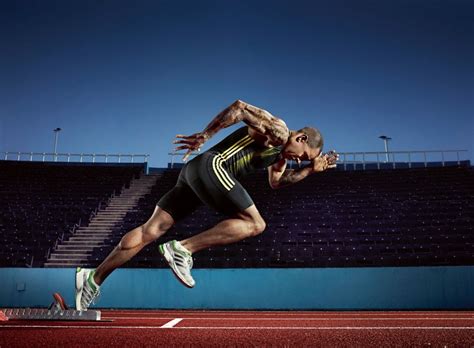
Joint Protection and Compression: Supporting Vulnerable Areas
Joints are often the most vulnerable during intense training. Compression and support gear can help manage stress and provide warmth.
- Knee Sleeves: Primarily used during squats and other knee-intensive movements, knee sleeves provide compression and warmth to the knee joint. This increases blood flow, reduces discomfort, and offers a feeling of stability, which can enhance proprioception and reduce the perception of pain during heavy lifts. They don’t ‘support’ in the same way a brace does but rather provide warmth and compression.
- Wrist Wraps: Essential for bench presses, overhead presses, and other pushing movements, wrist wraps stabilize the wrist joint, preventing excessive extension under heavy loads. This can reduce discomfort, enhance lifting capacity, and protect the delicate wrist tendons and ligaments from strain.
- Elbow Sleeves: Similar to knee sleeves, elbow sleeves offer compression and warmth to the elbow joint, which can be beneficial during heavy pressing or pulling movements, especially for those experiencing minor elbow discomfort or wanting extra joint support.
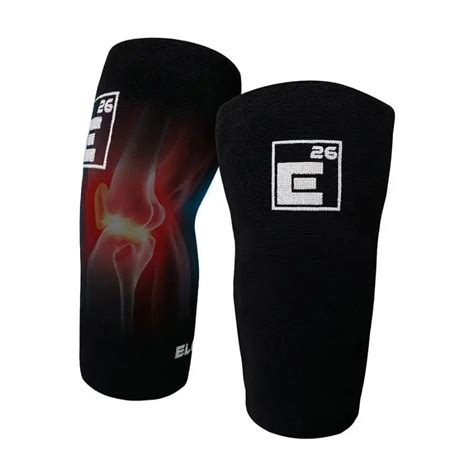
Recovery and Mobility Aids: Post-Workout Essentials
While often used post-workout, these items are crucial for preparing the body for the next intense session.
- Foam Rollers & Massage Balls: These tools are invaluable for self-myofascial release, helping to improve flexibility, reduce muscle soreness, and break up knots in fascia. Regular use can enhance recovery and improve range of motion, setting the stage for better performance in subsequent workouts.
- Compression Wear (Post-Workout): While some wear compression during workouts, post-workout compression garments are designed to improve blood flow, reduce muscle oscillation, and accelerate recovery by flushing out metabolic waste products.
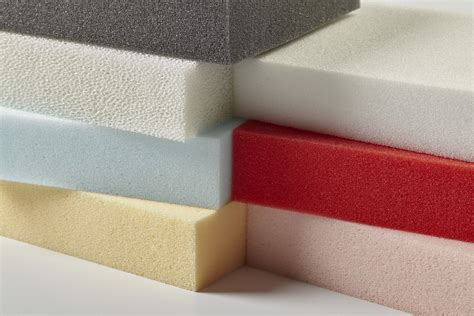
Conclusion: Smart Gear, Smarter Training
Investing in the right gym gear is an investment in your performance, longevity, and safety. From the ground up with specialized footwear to the critical support of belts and wraps, each piece of equipment serves a distinct purpose in optimizing your intense workouts. Remember, gear is a supplement to good form and proper technique, not a replacement. Choose wisely, train hard, and respect the process to unlock your full potential while staying safe and injury-free.
